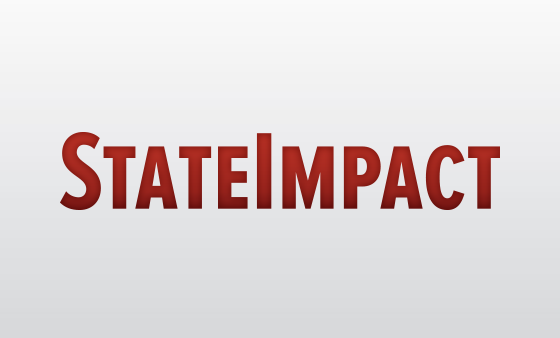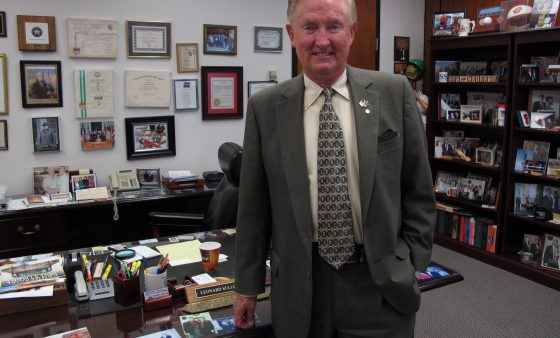Property Tax

Painting by Kathryn Walker Richardson / Oklahoma State Senate Historical Preservation Fund
Gov. "Alfalfa" Bill Murray led efforts to abolish the state income tax, which was abolished in 1933.
There’s a lot of debate about the proper mix of state tax revenues.
In Oklahoma, there’s a healthy discussion about sales, use, gross production and income taxes, all of which provide funding for state appropriation.
Just don’t mention a state property tax.
Oklahoma has a historical loathing of the state property tax, which is rooted in the Great Depression and the administration of Gov. “Alfalfa” Bill Murray.
The hatred continues today.
In the 1930s, Oklahoma’s legislature only met every other year. The legislature would pass a budget, which would be funded by a collection of tax revenues. In the ’30s, the state budget was largely funded by three tax sources: gross production, insurance premiums — and the property tax.
The property tax was used to fill in any budget gaps not filled by gross production and insurance premium taxes. When the price of oil tanked, property taxes swung wildly, said Alexander Holmes, Regents Chair of the Department of Economics at the University of Oklahoma.
The wild swings made it nearly impossible for landholders to make a plan to meet their property tax obligations, Holmes said. The Dust Bowl only added to land-related problems for property owners, he said.
Murray worked to impose millage caps on property equalization and led efforts to abolish the state property tax, which was done in 1933 with an amendment to the state constitution.
While no longer state-run, property taxes are still collected locally in Oklahoma.





